The History of Currency
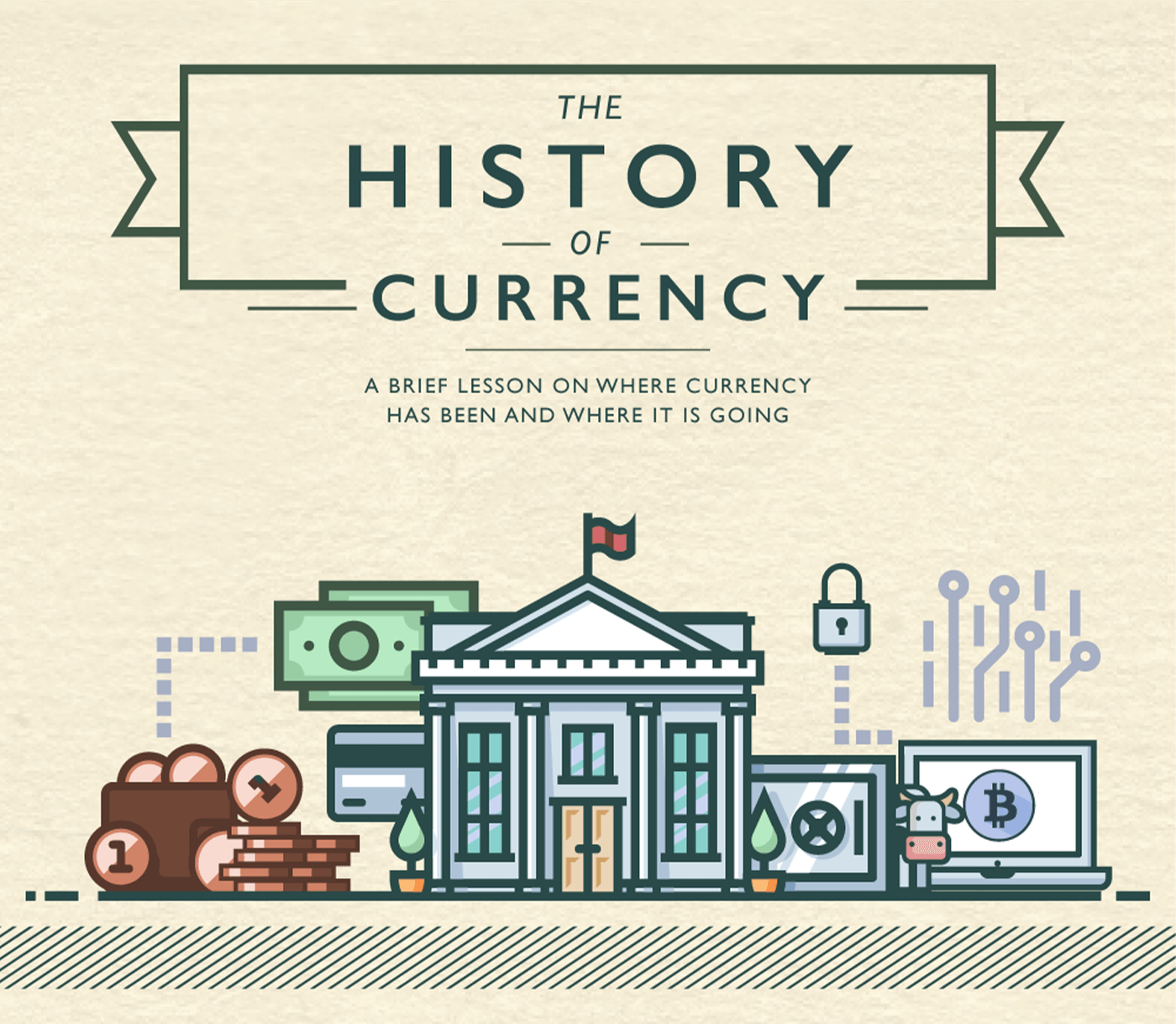
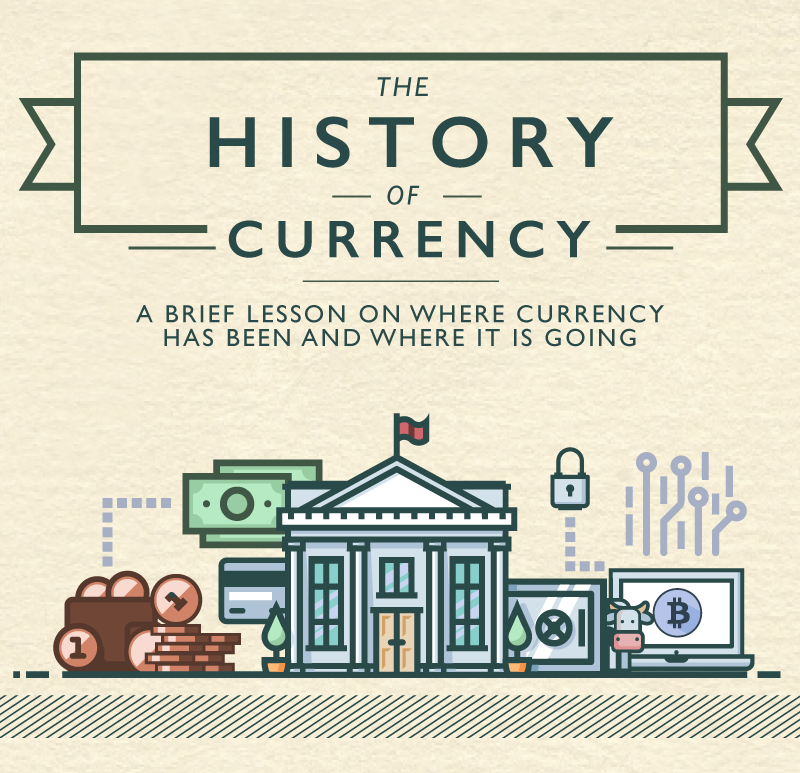
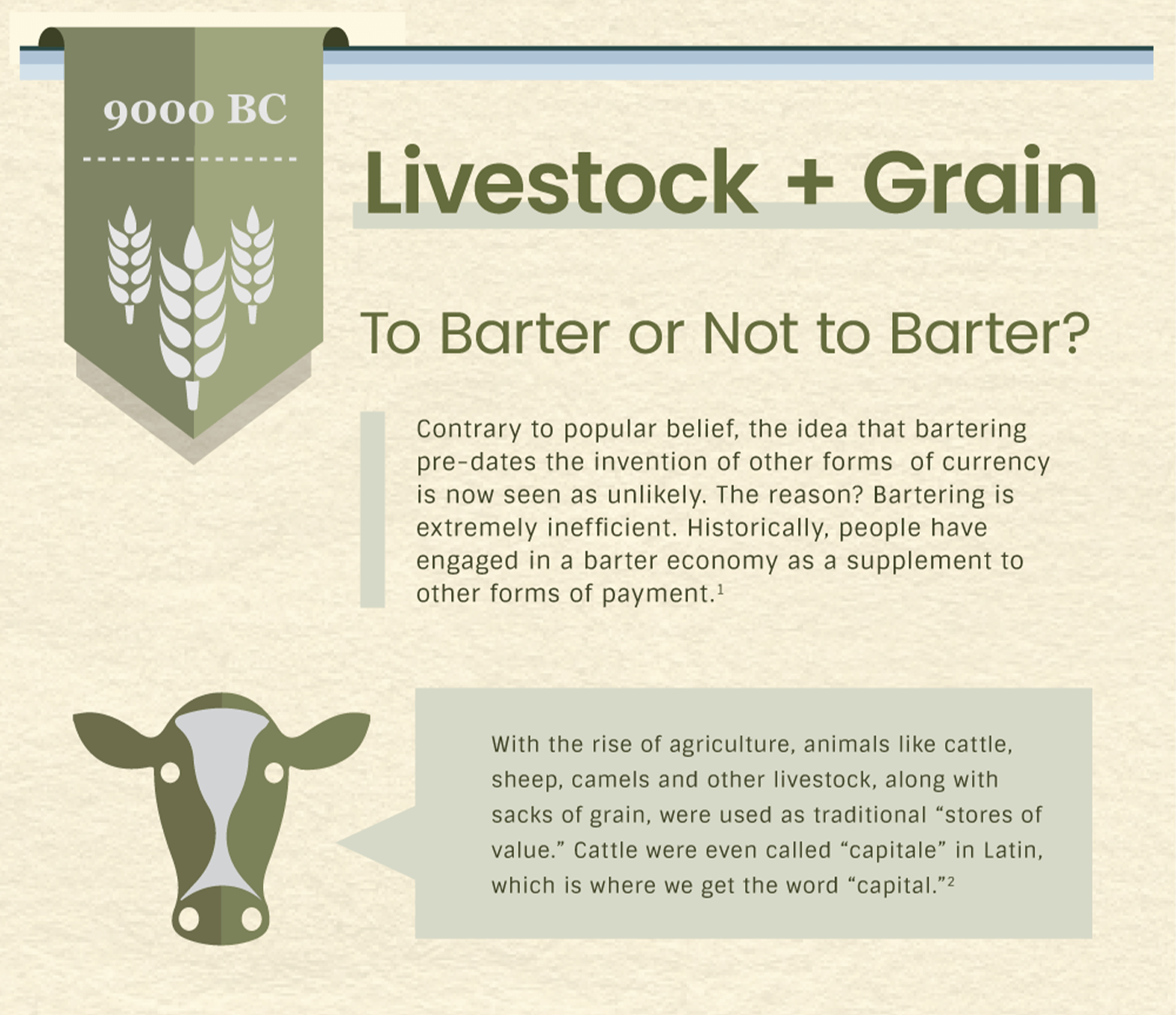
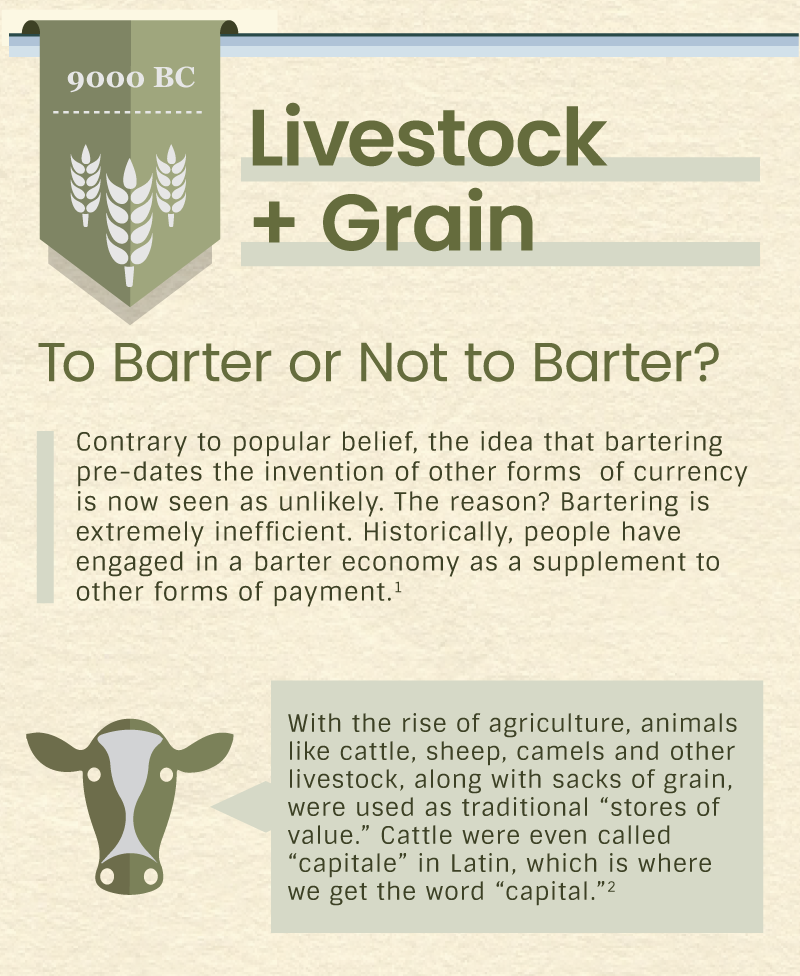

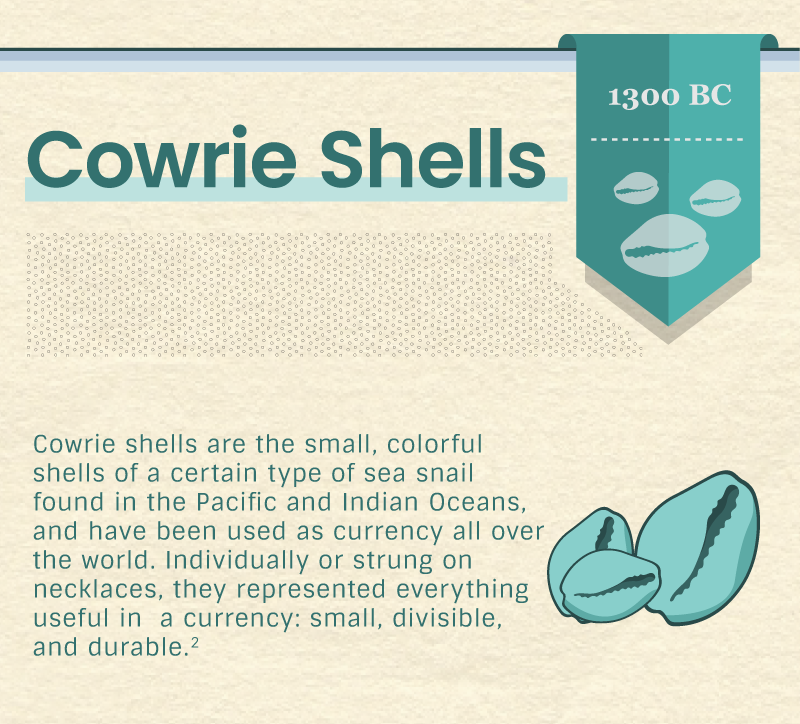

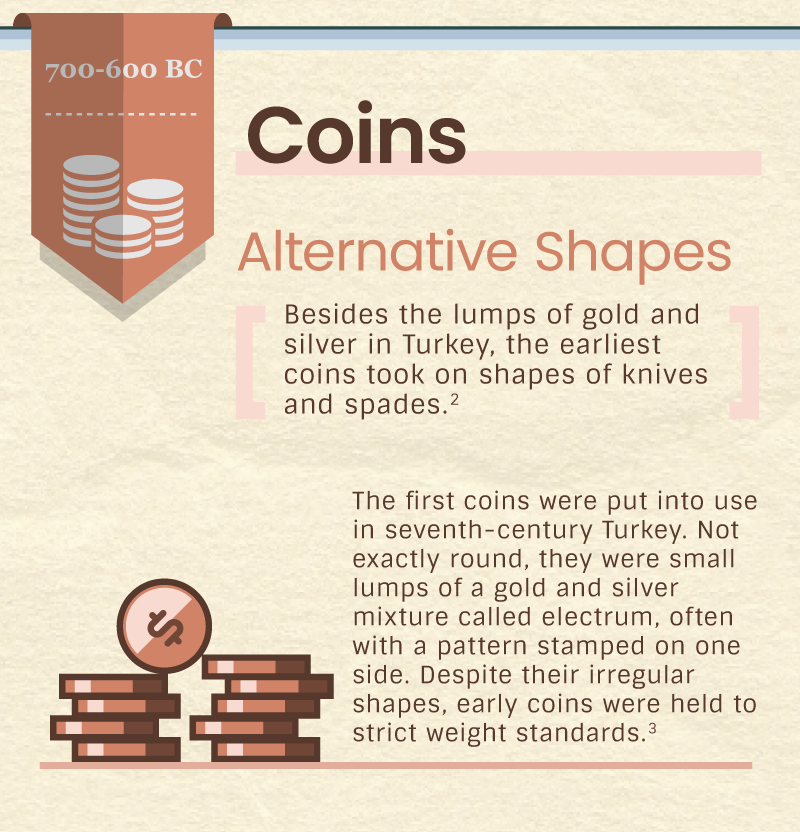
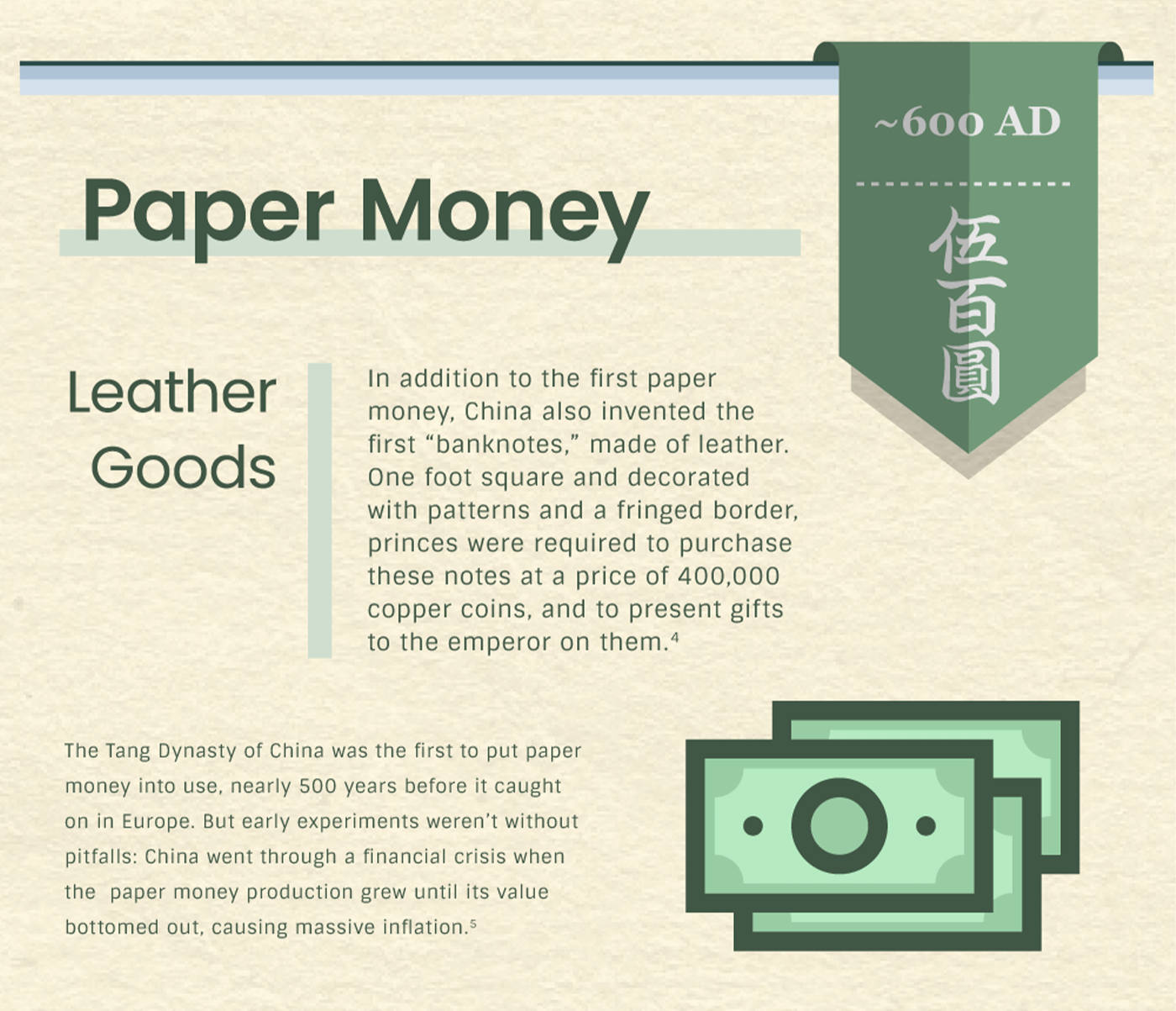
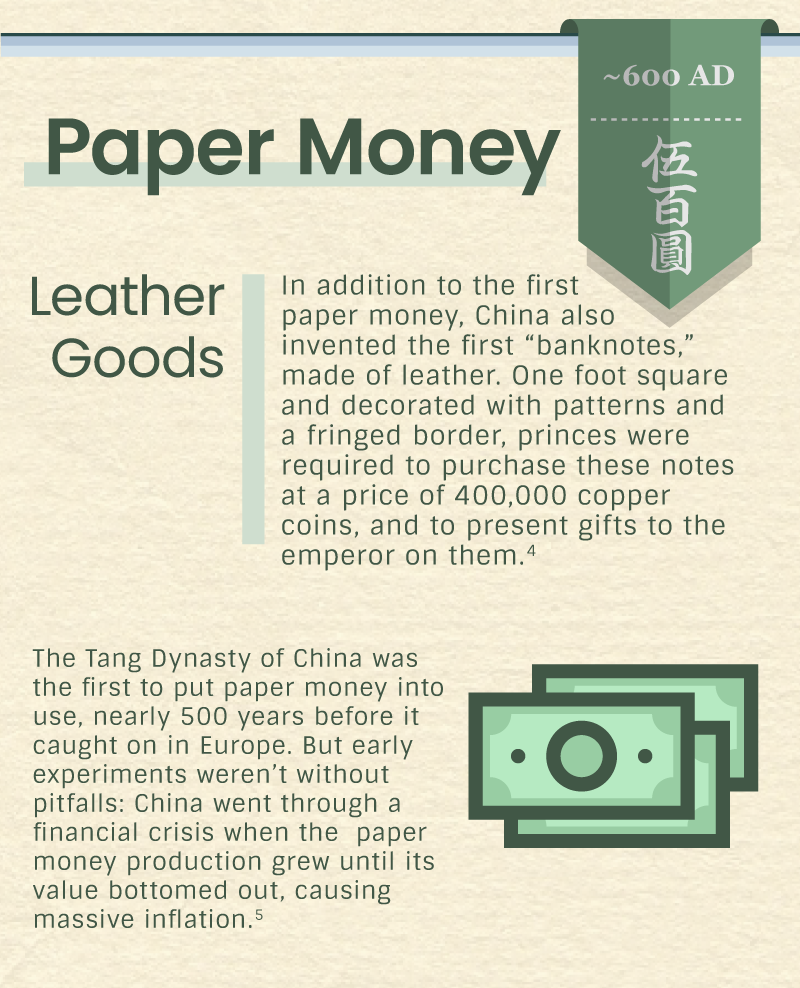
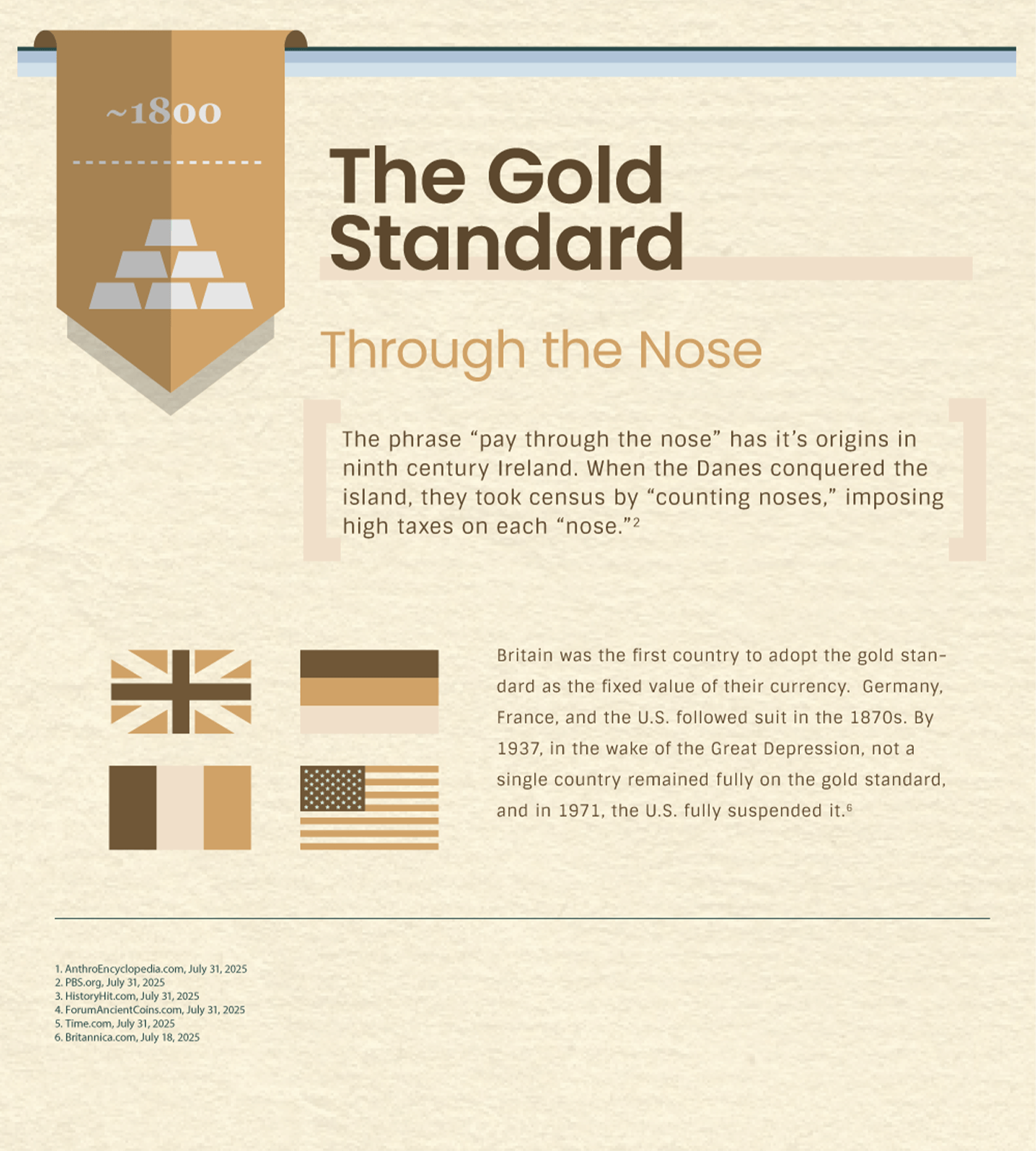














This article provides a checklist of steps to take if you experience a data breach.

A company's profits can be reinvested or paid out to the company’s shareholders as “dividends."

Some may leave their future to chance but in the world of finance, the effects of the "confidence gap" can be apparent.